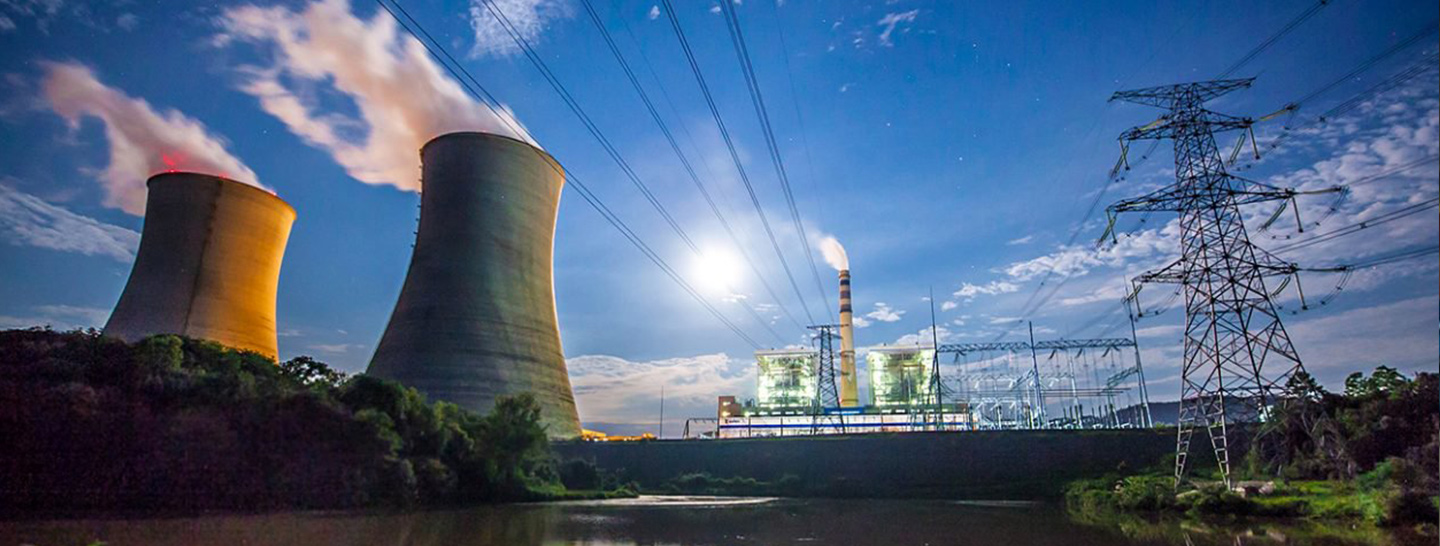The Emissions and Generation Resource Integrated Database (eGRID), published every two years by the United States Environmental Protection Agency (EPA), is the most commonly accepted dataset for emissions factors in the United States. The EPA recently released its 2020 eGRID updates, reflecting changes in emissions factors through 2018.
It’s an important moment both for companies that already track their greenhouse gas emissions and for those that are looking to start tracking.
What Are Emissions Factors?
The Greenhouse Gas Protocol, published in 2001 by the WRI and WBCSD, is the most broadly accepted way to track and disclose greenhouse gas (GHG) emissions. As part of the GHG Protocol, businesses must determine the emissions produced by the electricity they purchased.
The most common approach to this is a “location-based” methodology, where, in simplified terms, a business’s electricity consumption (in MWhs) is multiplied by a local emissions factor to calculate emissions. Emissions factors are determined by the eGRID sub-region where a business is located, and are based upon the average generation mix of the sub-region’s grids. Sub-regions with higher percentages of fossil-fuel intensive sources have higher emissions factors.
Note that, while eGRID data is published for all three of the most common greenhouse gases (CO2, N20, and CH4), this article focuses on the single carbon equivalent—or CO2e—emission factor for each eGRID sub-region. CO2e is a standard unit of measure created for the purpose of an “apples-to-apples” comparison—it uses the global warming potential (GWP) of each greenhouse gas to convert emissions into carbon dioxide equivalent.
What Changed in the Latest Update?
Because the generation powering the grid in any given region changes over time, updated emissions factors must be issued periodically.
Of the 26 eGRID sub-regions in the update, 18 reported reduced emissions from electricity production. They accomplished this either through the addition of cleaner sources in the grid generation mix or improved generation efficiency. Two sub-regions reported no changes, and 6 reported an increased emission factors, though each of the increases are less than 5%.
A Deeper Look Into One Region’s Changes
As an illustration, consider the case of SPNO, which includes all of Kansas and a portion of Missouri. In the latest updates, SPNO’s CO2e emission factor went down 21%, the largest decrease of any sub-region.
The change is primarily due to a 6.4% increase over the period in Kansas wind power generation. SPNO produces 36% of its electricity through wind, the highest share for any state. With wind power development ongoing throughout the state and favorable economics in renewables, one can anticipate further reductions to SPNO’s emissions factors in the coming years.
How Emissions Factors Affect Your Business
Organizations that calculate emissions using the location-based method must ensure they’re applying the latest emission factors to their consumption to calculate an accurate footprint, and understand the variance in emissions due to the changing nature of the grid. A manufacturing site in SPNO, for example, will now have 21% reduction in emissions, all else being equal, while a site in the AKMS sub-region will report 4% higher emissions.
By considering the generation mix and state and local climate action when deciding where to locate energy intensive operations, customers can make meaningful impacts on their overall emissions.
Find out how Enel X helps customers drive customers respond to investor pressure on energy and calculate complex global emissions on our upcoming webinar, Navigating Investor Pressure on Sustainability, Emissions, and Energy.








